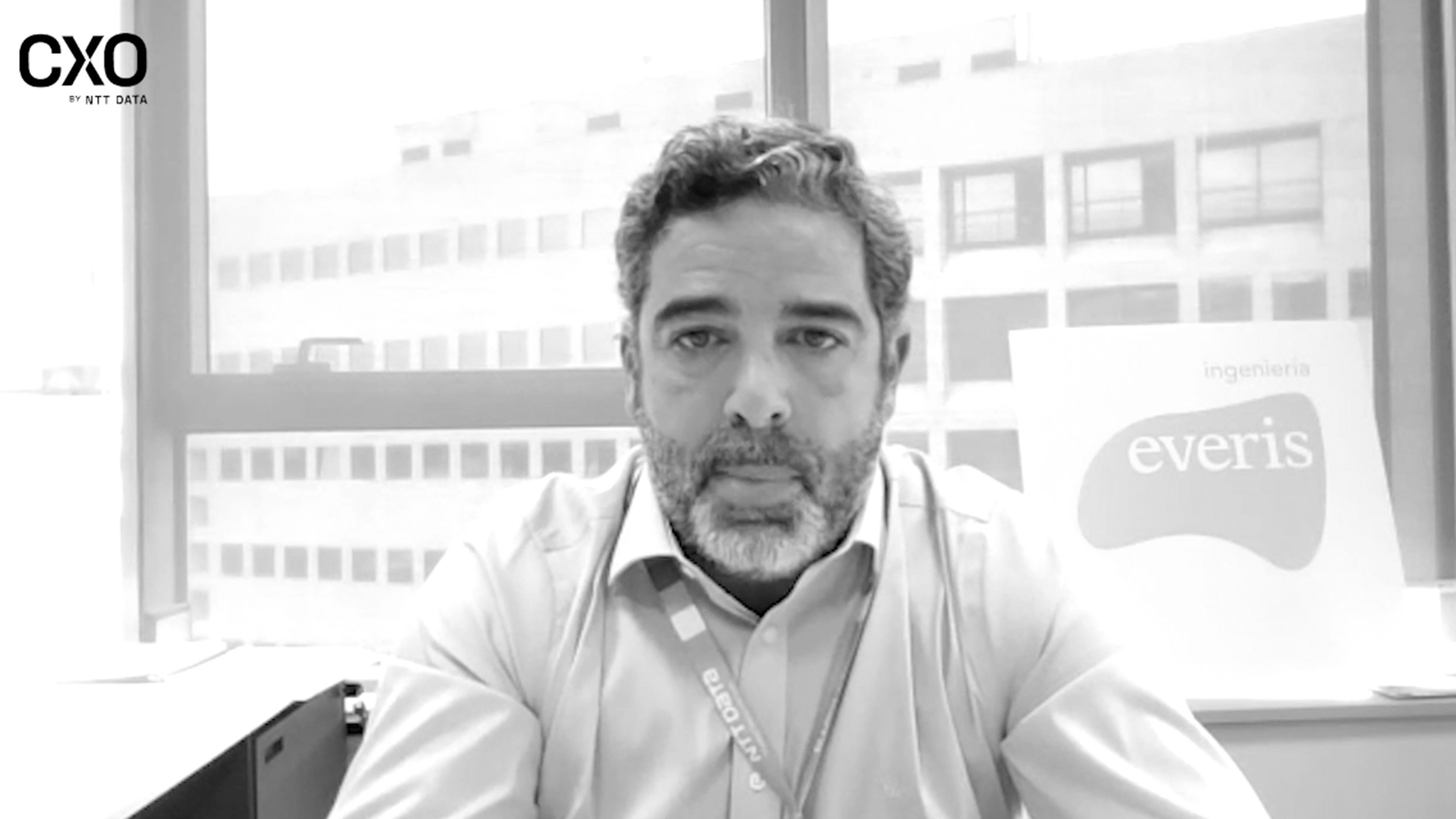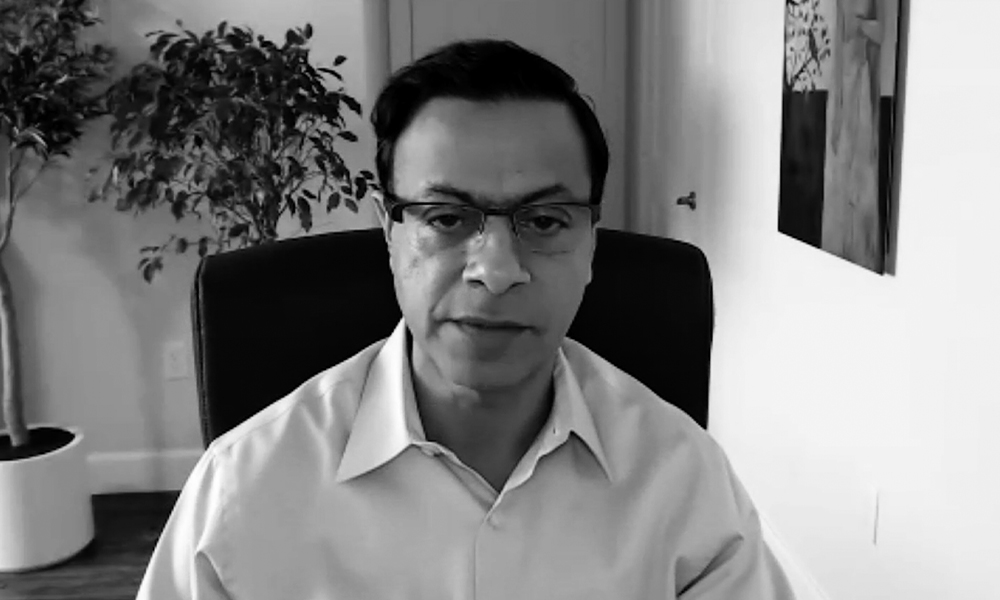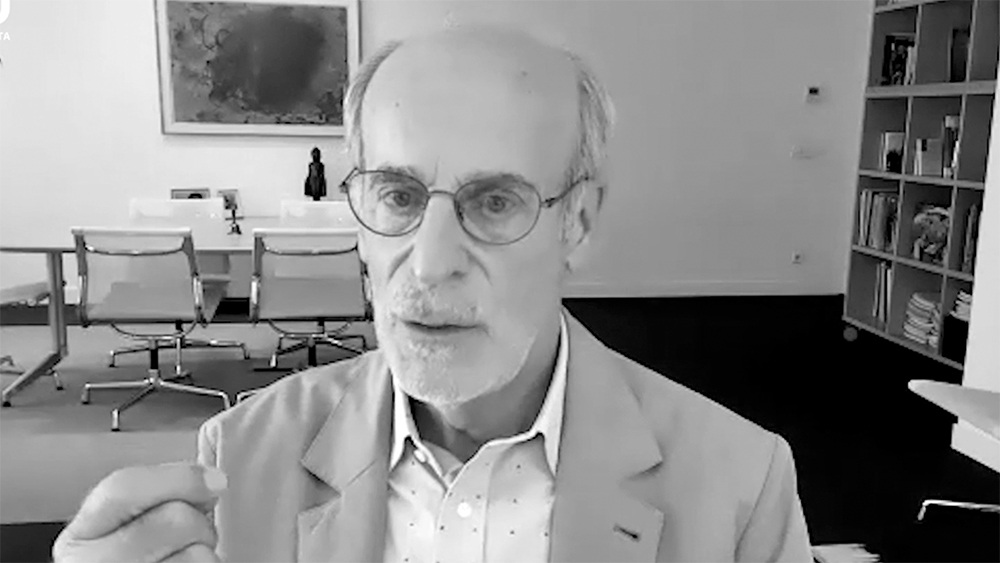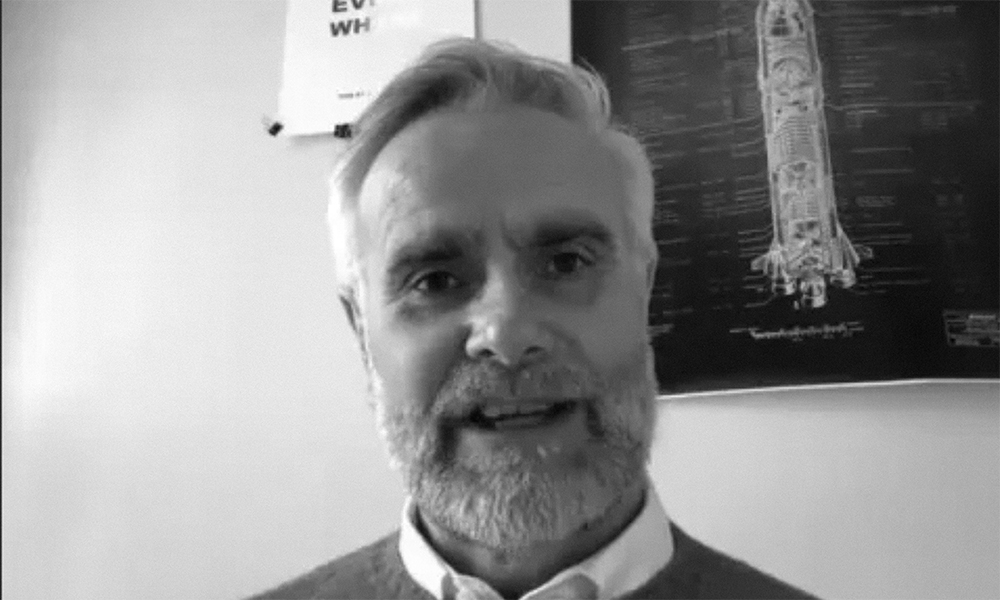
Photograph: Darius Otelea/Unsplash
If there is a key to mastering complexity, it is in the design of intelligent organisations. For that purpose, a precise set of conceptual tools is available, which goes beyond pragmatic recipes and anecdotal insights. Systems Science is the basis for the new approach.
Perspectives on organisational intelligence
In popular language, ‘organisational intelligence’ is associated with a multitude of concepts: artificial intelligence, computer systems, business growth, intelligent employees and leaders, agility and so on. This arbitrariness may reflect many different points of view, but it offers little insight.
Hereafter, I will offer a more focused concept of intelligent organisations. It is based on Systems Science, or more generally, the ‘Systems Approach’. This approach is based on Systems Theory (a formal science for the explanation and design of systems of any kind) and Cybernetics (the science of control and communication in and of complex dynamic systems).
It is not a trivial question to ask: How should organisations be conceived so as to be capable of behaving in an intelligent and sensitive way?
From a systems point of view, the basic faculties that distinguish intelligent organisations are the abilities to:
Adapt to changing situations, i.e. to change as a function of external stimuli or requirements;
Influence and shape their environment;
If necessary, find a new playing field (‘milieu’) or to reconfigure themselves anew with their environment, and finally;
Make a positive net contribution to the viability, development and sustainability of the larger entities in which they are embedded.
These faculties can be developed purposefully. As social – and especially socio-technical – systems are at stake, the set of capabilities enumerated here goes far beyond the criteria of intelligence as established by diverse disciplines such as psychology or information technology, wherein ‘business intelligence’ has been defined as a set of technical instruments which support decision-making.
In turbulent times these short-term indicators are of limited value.
It also transcends those theories of management in which organisational performance is conceived of and measured in terms of criteria such as profit, efficiency or shareholder-value only. In turbulent times these short-term indicators are of limited value. A long-term perspective becomes more important: the focus shifts to a broader view with distinct orientations – the viability of the organisation, with the pertinent attributes of sustainability and development. It is a matter of definition if these attributes are subsumed under ‘viability’, as they are here. Viability, as we understand it, reaches beyond mere survival.
The concept of viability has been defined as “the ability to maintain a separate existence” (Oxford English Dictionary) – i.e. maintenance of identity – and is widely considered the ultimate criterion of organisational performance. Accordingly, the question “how can the viability of the organisation be ensured?” is critical to managerial success.
Designing intelligent organisations
The literature provides us with a conceptual tool for answering that question: the Viable System Model (VSM), which goes back to Stafford Beer, the father of Organisational Cybernetics. The VSM is a very strong theory. Indeed, it claims to specify not only the necessary but the sufficient preconditions for the viability of organisations of any kind. In other words, if these preconditions are met, then the respective company, or other organisation, is viable.
This bold assertion has been corroborated over the last years empirically, and the VSM is increasingly convincing in meeting the complex organisational challenges of companies and public institutions.
To outline the model, here is a high-level explanation: according to the theory, an organisation (or any other social organism) is viable if, and only if, it has a management system containing the following components:
System 1 (S1) – Local operations, i.e. basic units with their management. Optimises daily business.
System 2 (S2) – Coordination. Reduces oscillations.
System 3 (S3) – Operative, executive management. Assures an optimum global performance.
System 3* (S3*) – Auditing. Complements information flowing over the channels S1-3 and S1-2-3.
System 4 (S4) – The intelligence function, also strategy and development. Stands for the long-term orientation and relationship with the environment.
System 5 (S5) – System identity and ethos / normative management. Establishes an equilibrium between present- and future-orientation. Embodies the supreme values, principles and norms, which govern the organisation (see graph).

Figure: The Viable System Model (after Beer)
This description is only complete if the relationships between the components of the model are taken into consideration. For example, diagnostic evidence often reveals imbalances between Systems 3 and 4 – that is, operational management overwhelms strategic management, so that strategy is at risk.
Or vice versa: strategic ideas are valued higher than operational efficiency until financial substance is undermined. In many cases, there is also a discrepancy in the channel from System 3 to 1, in that executive management gives instructions that are then not implemented.
The structures outlined here are abstract frameworks, but people are at the centre. Autonomy and participation are the salient features.
This model is applicable recursively to different organisational levels, e.g. the company as a whole, a division, a business unit, etc. It is potentially highly effective for purposes of both diagnosing and designing organisations. The structures outlined here are abstract frameworks, but people are at the centre. Autonomy and participation are the salient features of VSM-based organisational designs.
The model has been successful in a wide variety of constellations. Practical examples of applications abound, but they would overstretch this article. Several books have been written about the VSM. A volume that gathers more case studies of pertinent applications than any other recent publication is Angela Espinosa’s The Viable System Model in Practice (see references below).
Intelligent organisations are designed for viability, including sustainability and development. In this sense, the model presented here provides a theory of the systemic architecture of organisational intelligence. The VSM opens up a high potential for progress in business and administration. This potential for improvement has only been realised to a small extent and is ready to be tapped.
References:
Beer, Stafford: Diagnosing the System for Organisations. Wiley.
Espinosa, Angela: The Viable System Model in Practice. Routledge. Forthcoming.
Schwaninger, Markus: Intelligent Organisations. Powerful models for systemic management. Springer.

















































